In the historic and picturesque village of Richmond there’s an ode to the past hidden away down a narrow little lane. It’s a model of Hobart town as it would have looked in 1820 and portrays life in the burgeoning colonial town down at the bottom of the World. There’s always an inherent whimsy with model villages and dioramas and that’s certainly the case here albeit with a certain unease brought about by the reality of Tasmania’s past.
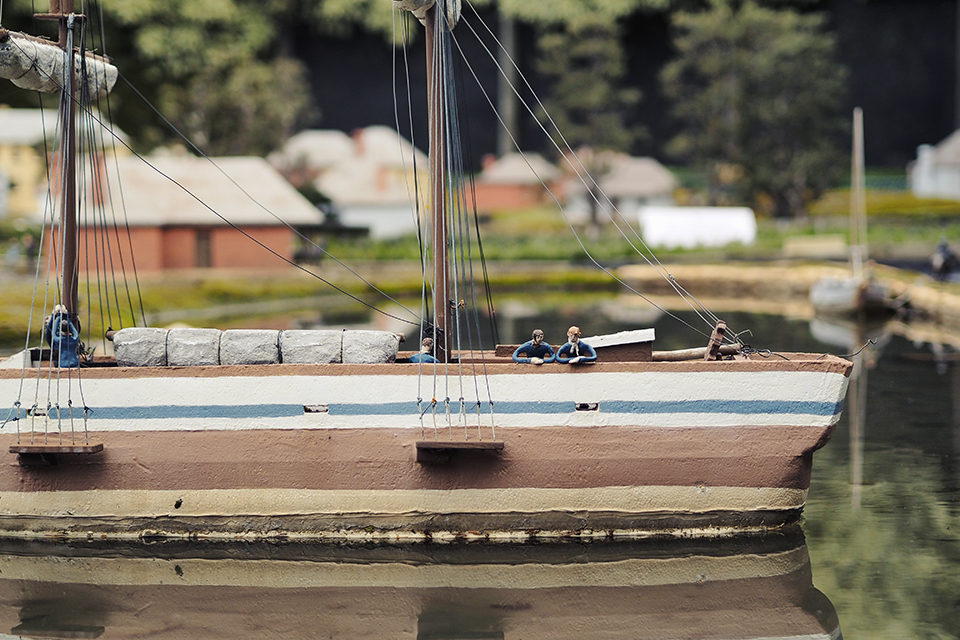
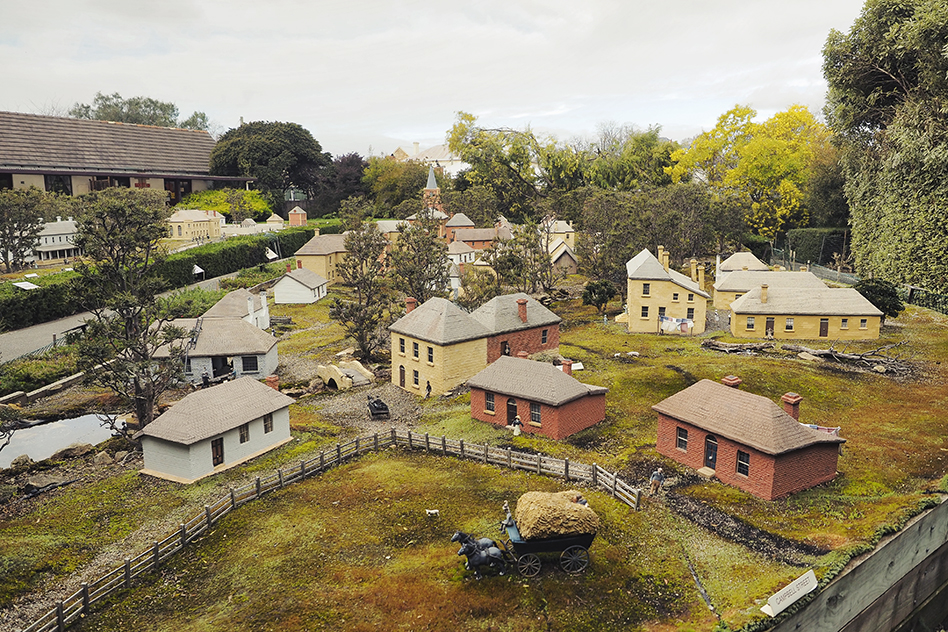
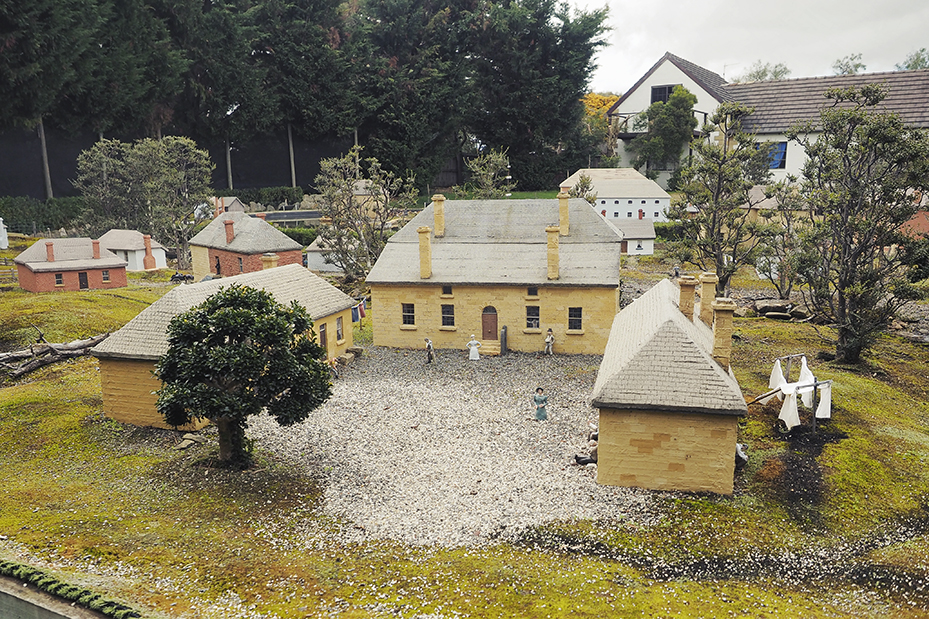





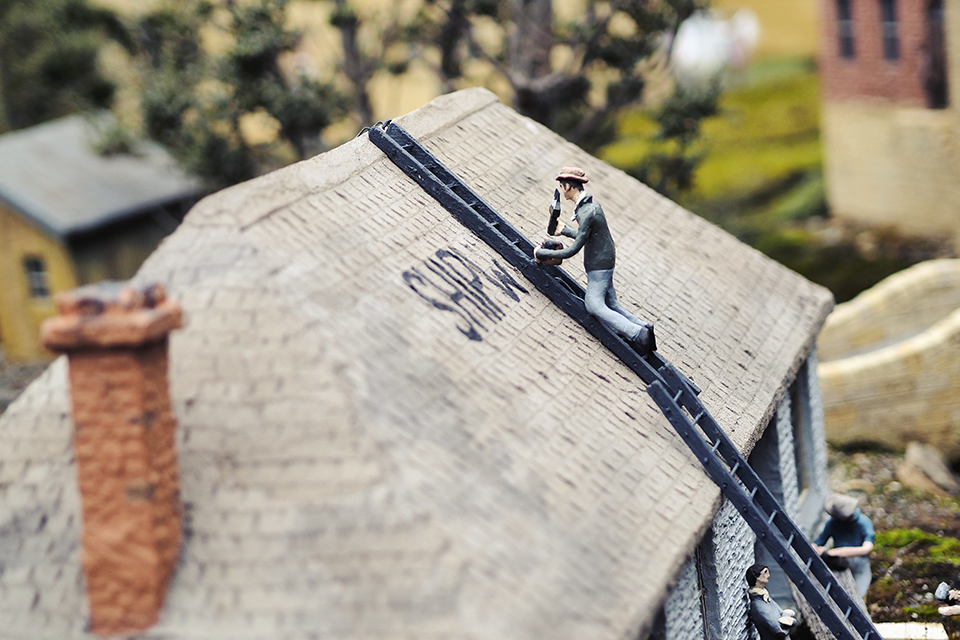







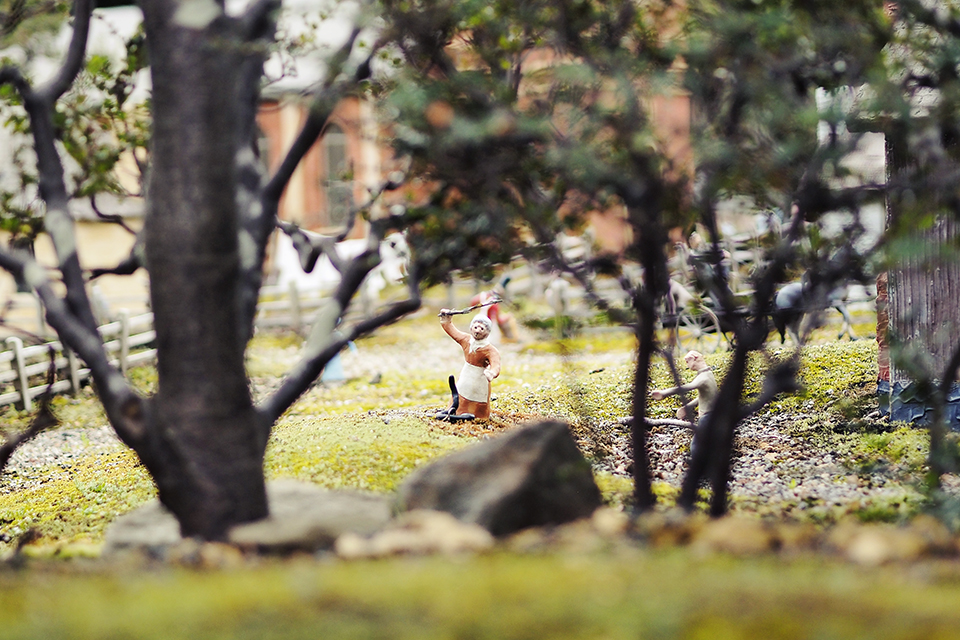







The distinctive lack of aboriginal people in the model village reflects society both at the time and indeed now. A quick look at Facebook comment threads when there’s a story on Tasmania’s aboriginal heritage shows that racism is still just as rife now as it was 200 years ago. The deep disrespect shown to the first peoples of this island makes me very uncomfortable and ashamed. No amount of time can heal those wounds or bring back the land as it was before. 200 years later, Tasmania’s stunning natural resources are still being exploited, perhaps even more than ever. It seems not many lessons have been learned.
Interesting, fascinating models. Poignant but true words at the end.
Lovely images paired with a well written piece, it is an interesting “little” attraction. I like the shallow depth of field, what camera gear are you using?